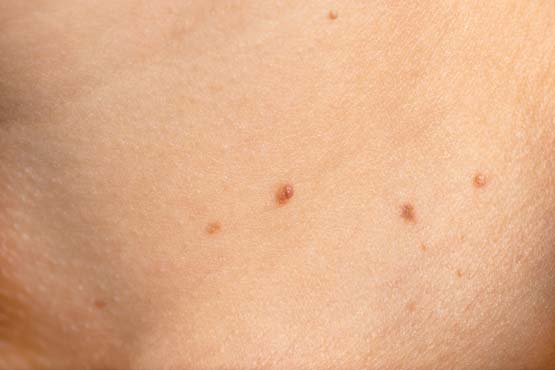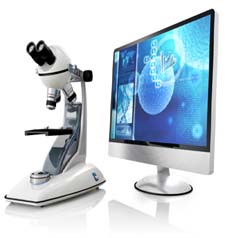Inguinal Warts (Warts on the Groin)

HPV infection may show symptoms in the form of warts in the inguinal region, penis, and vagina. Genital warts develop when the genital fluids containing the virus come into contact with the cracks in the genital area. In men, the proximal penile shaft is the most common site of warts. The inguinal region is the second most common site of warts. In women, warts are most commonly appear in the area between the vagina and anus; and the inguinal region is the second most common site of warts. Warts in the inguinal region usually spread from primary locations (from the proximal penile shaft, fourchet area, and the area between the vagina and anus). When the warts show signs 1 to 6 months after the infection, usually white-gray, stemmed or cauliflower-shaped bumps develop. Warts on the groin and genitals may cause itching and bleeding. Vaginal warts in particular appear to be itchier. Vaginal warts can sometimes reach large sizes without showing any symptoms.
Genital warts can be small in size, scattered around the area; or they can merge with each other, reaching quite large sizes. Warts in the inguinal region and the genital organs such as the penis and vagina may sometimes be confused with moles (nevus), and as a result, they may be neglected by the patient for years. When warts are found in the inguinal region and genital organs, they should be treated and the type of HPV causing these warts should be identified, because we know that infections with high-risk oncogenic viruses increase the risk of cervical cancer and penile cancer. If there is only a single wart or limited number of warts in the inguinal region and genital organs, it is possible to remove the wart(s) with laser by just numbing the application area. However, if there are pervasive warts in the form of clusters, treatments are preferred to be performed under general anesthesia. Local anesthesia may not be needed in the treatment of vaginal warts. As with other genital warts, warts in the inguinal region carry a risk of recurrence. If warts recur, the treatment is repeated the same way. The treatment is performed by taking preventive measures to avoid recurrence and facilitate the removal of the HPV from the body. These measures include keeping the body immunity strong, not plucking the warts in the inguinal region, not making the warts bleed, not shaving the anal area with a razor blade, not removing the hair from the inguinal region with wax, and not smoking.
In our HPV Treatment Center located in Silivri, we perform wart treatment and genital wart cauterization procedures with fractional laser.
In our HPV Treatment Center located in Silivri, we perform HPV treatment and inguinal wart cauterization procedures with fractional laser. In our clinic, we treat not only warts in the inguinal and genital area, but also warts in all other parts of the body.
You can call our call center at +355 69 456 4467 to contact us for inguinal wart cauterization, to learn the cost of inguinal wart cauterization, to get detailed information about HPV and fractional laser, and to make an appointment. Our personnel who are experts in the field of HPV treatment will help you.
This article may also interest you

Every woman with high-risk HPV virus types should have a colposcopy, there is no need for anesthesia during the colposcopy procedure.
Read more

 TR
TR SQ
SQ